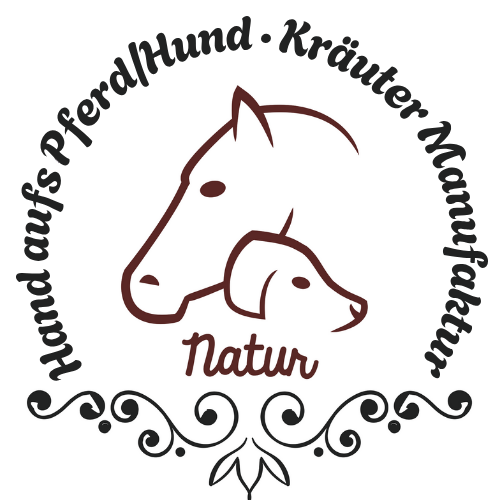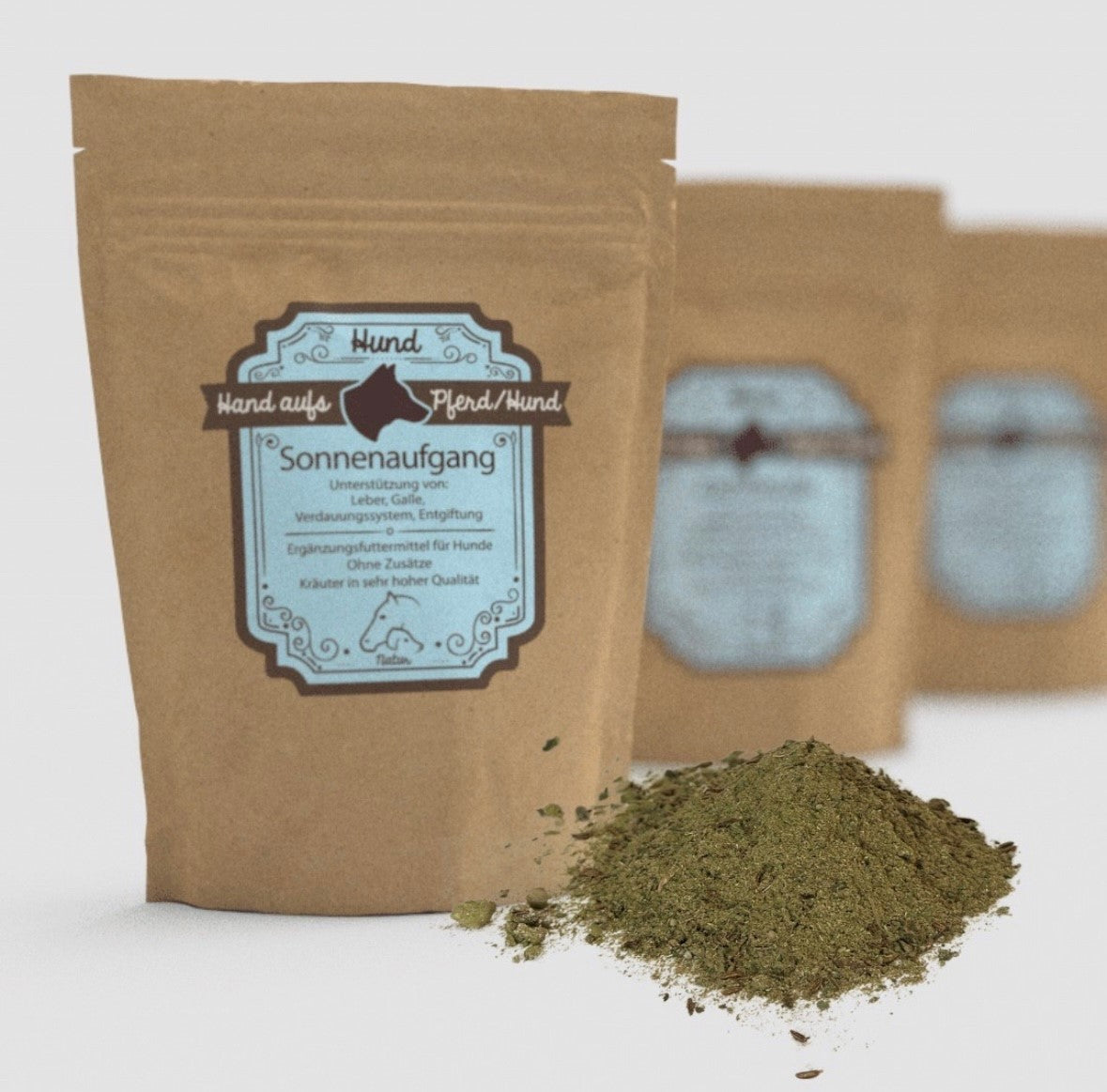Lipomas in dogs are benign tumors composed of fatty tissue. These fatty lumps can occur in various parts of the body, but most commonly in the chest region. Lipomas are typically perceived as soft, movable lumps under the skin. Although they are usually harmless, they can become uncomfortable as they continue to grow. In this article, you'll learn how to identify, treat, and prevent lipomas in your dog.
What are lipomas in dogs?
A lipoma is a benign tumor that develops from fatty tissue. These growths are usually soft and mobile and often occur under the skin. They are usually not painful and do not cause immediate discomfort. However, as they continue to grow, they can affect your dog's quality of life, especially if they grow in an area where they restrict movement or press on other organs.
The exact cause of the appearance of lipomas
The exact cause is not yet fully understood. However, it is suspected that they develop in connection with liver metabolism, improper feeding, or hereditary factors. Certain dog breeds, such as Labrador Retrievers and Schnauzers, are more prone to the formation of lipomas. Obesity and age also play a role in the development of these fatty tissue growths.
Symptoms of lipomas in dogs
Lipomas are usually well-defined, soft swellings that are visible under the dog's skin. Lipomas can vary greatly in size—from a few millimeters to several centimeters. Because lipomas grow slowly and often do not cause symptoms, they are often not noticed until late.
The most common symptoms include:
-
Soft, movable lumps under the skin that are not inflamed or painful.
-
Enlargement of the nodes over a longer period of time.
-
Impairment of mobility : If the lipoma grows near joints or movement structures, it can cause limitations.
-
Pressure on organs : In rare cases, the lipoma can press on an organ and cause symptoms such as shortness of breath or lameness.
A lipoma usually doesn't rupture or ooze pus. However, if you notice a change in an existing growth or a new growth, you should consult a veterinarian to confirm it is indeed a lipoma.
Diagnosis of lipomas in dogs
A lipoma is usually diagnosed through a physical examination of the dog. The veterinarian will palpate the growth to assess its size, shape, and consistency. To confirm that it is a lipoma and not a malignant growth, the veterinarian may perform an ultrasound to examine the lump's internal structure.
If a malignant tumor is suspected, a biopsy is performed. A small tissue sample is taken and examined microscopically in the laboratory to determine the exact type of growth.
Treatment of lipomas in dogs
In most cases, lipomas are harmless and don't require immediate treatment. However, if the lipoma grows, causes pain, or limits your dog's mobility, surgical removal may be necessary. It's important to discuss the best course of action with your veterinarian.
Surgical removal
Lipoma removal is usually performed surgically. Surgery is generally recommended if the lipoma:
-
causes pain,
-
affects the dog's life,
-
or is located in a location that is difficult to access (e.g. near a joint).
As with any surgery, there are certain risks, such as infection or complications during wound healing. After surgery, your dog will need time to recover, and regular follow-up visits are necessary to ensure the wound is healing well and no further problems arise.
What else you can do
In addition to surgical treatment, natural methods can be supportive. Herbs that support liver metabolism and promote blood circulation can help slow the growth of lipomas. Herbs such as milk thistle , dandelion root, and peppermint, in particular, can have a supportive effect on the liver and lipid metabolism.
A balanced diet is also crucial for reducing the risk of lipomas. A low-fat diet with plenty of vegetables and fruit can help reduce fat accumulation in your dog's body. Dietary changes should always be discussed with a veterinarian.
Aftercare and prevention of lipomas in dogs
After treatment or surgery to remove lipomas, it's important to continue to maintain a healthy diet and regular exercise. A balanced diet and regular, appropriate exercise help reduce the risk of developing new lipomas.
Holistic prevention includes:
-
Herbal treatments : Herbs such as the “ Liver Herbs for Dogs Sunrise ” can be used to support the balance of liver function and fat metabolism.
-
Healthy diet : Make sure you eat a balanced, low-fat diet with plenty of fresh vegetables and fruit.
-
Regular check-ups : Check your dog regularly for new growths or changes in existing lipomas.
What to do about lipomas in dogs?
Lipomas in dogs are common and, in most cases, benign. They don't usually cause serious problems, but they can become a problem for your dog over time. Regular examination and timely veterinary consultations are important to prevent potential deterioration.
Surgical removal is the most common treatment when lipomas cause pain or restrict mobility. Natural herbal treatments and a balanced diet can help slow lipoma growth and prevent recurrence.
If you are unsure or notice any changes in your dog, don't hesitate to consult a veterinarian. Early diagnosis and treatment are crucial to maintaining your dog's health.
FAQ – Lipoma in dogs: detection, treatment and prevention
-
What is a lipoma in dogs?
A lipoma is a benign tumor composed of fatty tissue. It forms under the skin and often occurs in the breast region. Lipomas are usually soft, mobile, and painless, but can cause problems if they grow. -
How do I recognize a lipoma in my dog?
Lipomas usually appear as soft, movable lumps under the skin. They can vary in size and grow slowly. Monitor your dog's skin regularly for unusual growths or changes in existing lumps. -
Can lipomas be dangerous for dogs?
In most cases, lipomas are benign and do not pose a direct threat. However, if they grow in an area that interferes with movement or organs, they can lead to problems such as lameness or respiratory distress. -
What causes lipomas in dogs?
The exact cause of lipomas is not fully understood, but it is believed that they arise from impaired liver metabolism, poor diet, or genetic predisposition. Obesity, age, and certain dog breeds such as Labrador Retrievers or Schnauzers carry a higher risk. -
How is a lipoma diagnosed in dogs?
The veterinarian will palpate the affected tissue and examine the size, shape, and consistency of the lump. An ultrasound or biopsy may be necessary for further diagnosis to ensure it is not a malignant tumor. -
Can lipomas in dogs be treated with natural remedies?
Our liver herbs “Sunrise” can help maintain the natural balance of liver function. -
Is surgery always necessary for lipomas?
Not always. Surgery is usually recommended if the lipoma causes pain, grows rapidly, or is in an inconvenient location. However, if the lipoma does not cause any symptoms, surgery can often be avoided. -
What are the risks of lipoma surgery in dogs?
As with any surgery, there are risks such as anesthesia problems, infections, bleeding, or impaired wound healing. It is important that the surgery is performed by an experienced veterinarian and that proper aftercare is provided. -
How can I prevent lipomas from recurring in my dog?
To minimize the risk of recurrence of lipomas, a healthy diet is important. Avoid obesity and provide your dog with regular exercise. Herbal treatment with liver herbs and support for fat metabolism can also be helpful. -
How quickly will my dog heal after lipoma surgery?
Healing time varies depending on the size of the lipoma and your dog's individual health. Typically, your dog needs a few weeks to fully recover. Good aftercare is crucial to avoid complications and promote wound healing. -
Can my dog continue to live a normal life with lipomas?
Yes, many dogs with lipomas have no limitations and can lead normal lives. However, if the lipoma is in an inconvenient location or is causing discomfort, treatment may be necessary to improve quality of life. -
Which dog breeds are particularly susceptible to lipomas?
Certain dog breeds, such as Labrador Retrievers, Schnauzers, and Dachshunds, are more likely to develop lipomas. Older dogs and overweight dogs are also at greater risk. -
Are lipomas in dogs always harmless?
In most cases, lipomas are harmless because they are benign and do not cause any symptoms. However, it is important to check regularly for changes and consult a veterinarian if a malignant growth is suspected. -
How can I regularly monitor lipomas in my dog?
Examine your pet regularly for any changes or new growths. If you notice a lipoma or an existing swelling that is growing, you should see your veterinarian as soon as possible for a more accurate diagnosis. -
How important is nutrition for preventing lipomas in dogs?
A healthy diet plays a crucial role in preventing lipomas. A low-fat diet rich in vegetables and fruit helps regulate fat metabolism and reduce the risk of lipomas.




